Technical Performance
The Shanling EH3 has nice soundstage and separation capabilities, particularly excelling in instrument separation. Its ability to separate various elements within a track is noteworthy, creating a clear sonic landscape where individual instruments can be identified clearly. While its stage might not be extraordinarily expansive in terms of width and depth, it still delivers a satisfying 3D-like sensation, contributing to an immersive listening experience.
What sets the EH3 apart is its naturality in sound reproduction. It doesn’t aim to impress with exaggerated bass or treble; instead, it offers a smooth and easy-going audio delivery akin to the most natural-sounding players or DACs available. This naturalness lends a rich, musical quality to the sound, complemented by a good dynamism.
A key contributor to the EH3’s capable sound performance is its ability to maintain a good background performance. This clean and noise-free background greatly enhances the overall listening experience, allowing the tiniest nuances in recordings to shine through with clarity and finesse. From instrument separation to natural sound reproduction and exceptional background performance, the EH3 stands out in its category, promising an immersive and enjoyable presentation.
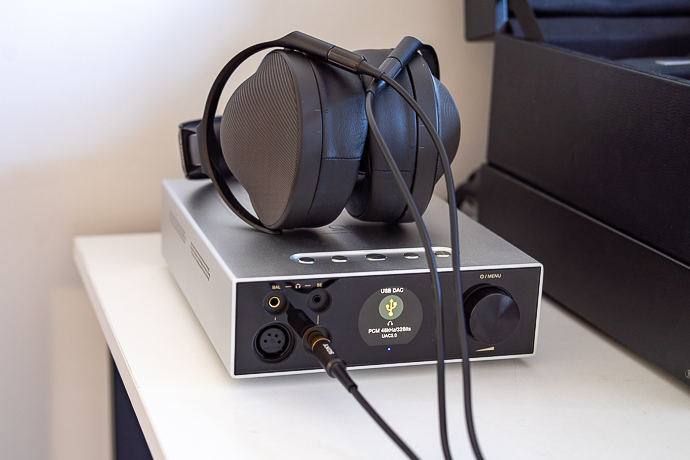
While the EH3 may not replicate the layering and bass performance achievable with a comprehensive desktop DAC + Amp setup, it stands its ground. Offering good resolution, separation, detail, and timbre, the EH3 presents a compelling alternative, especially when considering the cost and space-saving advantages it brings to the table.
Comparatively, building a full-scale desktop system involves a substantial investment in both cost and space. The EH3, on the other hand, provides a more flexible and compact solution without compromising significantly on sound quality. While it may not deliver the absolute pinnacle of performance, its ability to hold its own in delivering satisfying resolution, separation, detail, and tonal accuracy ensures a listening experience that’s sure to captivate and please.
Comparisons
With a similar asking price and similar capabilities, the EM5 was Shanling’s attempt to create a true all-in-one device, with its own screen and software inside. The difference between the two is mainly the self-operating capability of the EM5, with a screen on top to control the device. Other than that, the options are similar.
So of course having a self-controlled device is a plus depending on your usage scenario, but I criticized the ergonomics of the screen in its particular review -which was improved with the EM7- and the EM5 doesn’t have a remote controller. So if you wish to operate it from afar, you only have the Eddict Player software, which isn’t a polished one in terms of a smooth experience.
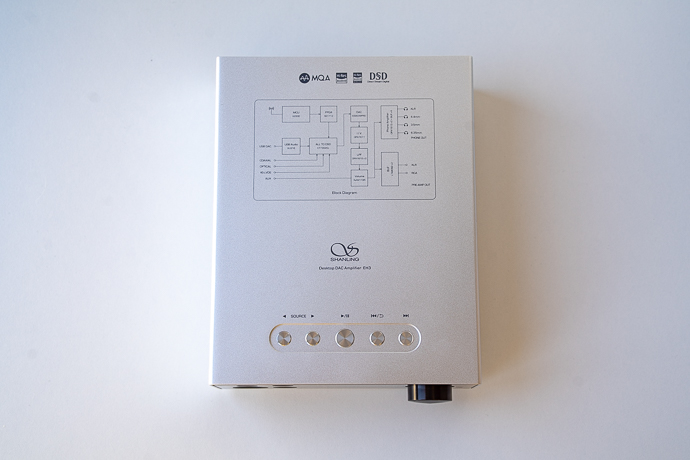
For sound, the EM5 to me has a more organic, warm tonality than the EH3, which shifts a bit to neutrality, although it’s not a completely neutral sounding device per se. I think they’re on similar levels in sound performance. In short, the EH3 is a bit brighter and thinner, whilst the EM5 is fuller-bodied and smoother. It all depends on synergy, to be honest.
Another all-in-one device, the R7 is a very useful and ergonomic piece of unit with a horizontal screen, with full Android software and UI. R7’s features are more impressive to me, with a more polished and bug-free experience with its software. FIIO provides everything you need in one package and you simply can use the R7 in every scenario. My only complaint was that it didn’t have the FIIO RM3 remote controller.
In terms of sound performance, I think the EH3 performs well against the R7. The R7 has a flatter bass presentation, whilst the EH3 performs boldly with a bigger bass that has more punch and rumble. I think the R7’s bass is faster but it wouldn’t mean much depending on your paired headphones or speakers.
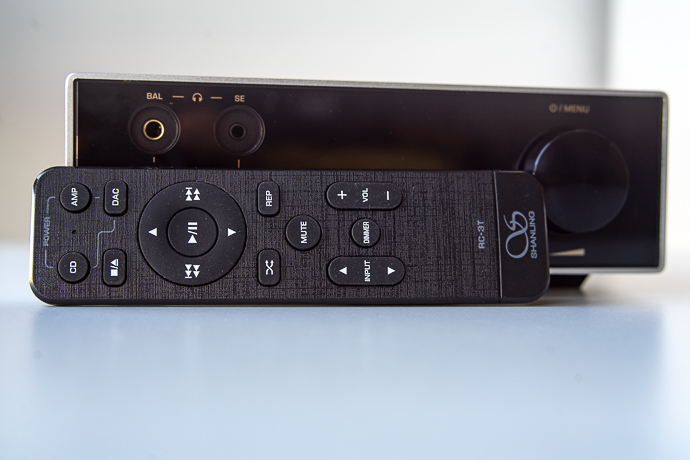
They both have a good mid-range performance, but the EH3 is a bit more musical in its delivery, especially in terms of timbre. Treble is softer in the R7, and against that, the EH3 gives a more detailed, transparent and clear high-frequency range. It also has a slightly bigger staging performance.
So overall, I think the EH3 performs slightly better in terms of sound and gives more output power as well. Yet, the R7 is a more complete device in features and overall user experience.
We haven’t received the new version of the NEO iDSD, so I can only compare the EH3 to the original NEO at this time. But it might be important to some readers in terms of a reference point.
The NEO iDSD’s main design feature is its ability to be used in both vertical and horizontal positions. The EH3 takes up much more space on a desk in that regard. Other than that, the EH3’s functionality is more advanced and it has a better build quality overall, together with a more serious-looking, professional design language.
For sound, the NEO gives a flatter sound, with a neutral style that lets the rest of the chain colour the output. The EH3 is more musical, it has more power, and more inputs/outputs overall. In a way, the EH3 appeals to a more serious audiophile, whilst the NEO is a good alternative for a home audio or a TV user.
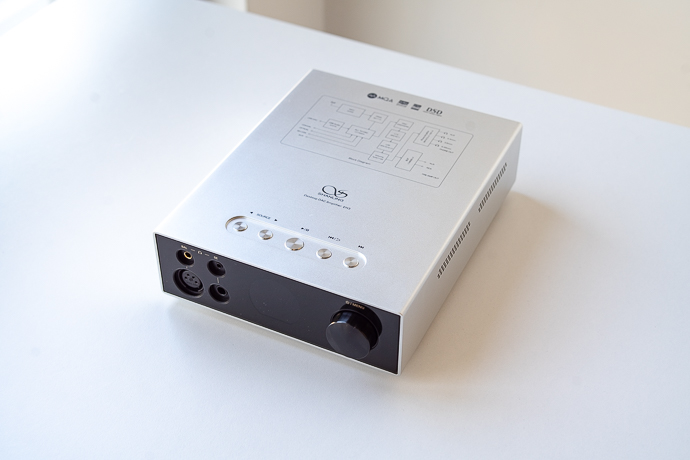
Conclusion
The Shanling EH3 emerges as a versatile and compelling addition to the realm of audio equipment, delivering good performance, convenience, and aesthetics. With its refined sonic presentation, the EH3 impresses with its balanced and cohesive sound signature. While it might not rival a full desktop setup in terms of absolute performance, it stands tall with its performance.
In essence, the Shanling EH3 has a good balance between performance and convenience, appealing to audiophiles seeking a high-quality solution. Its blend of sound, build, and versatility positions it as a favourable choice. If Shanling can iron out some issues in the software, this surely would become a fantastic device in every way.







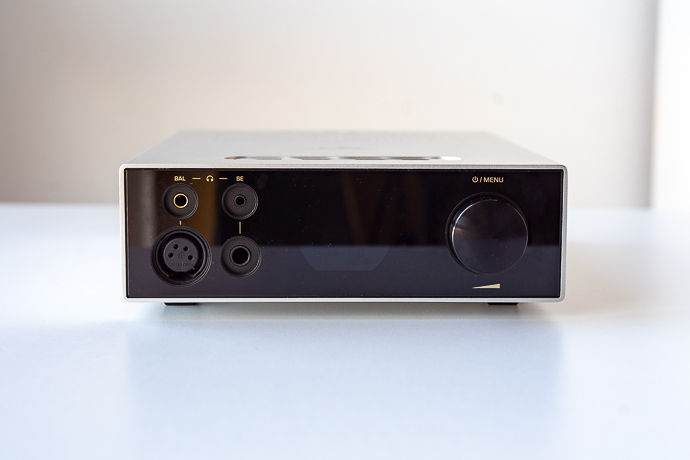
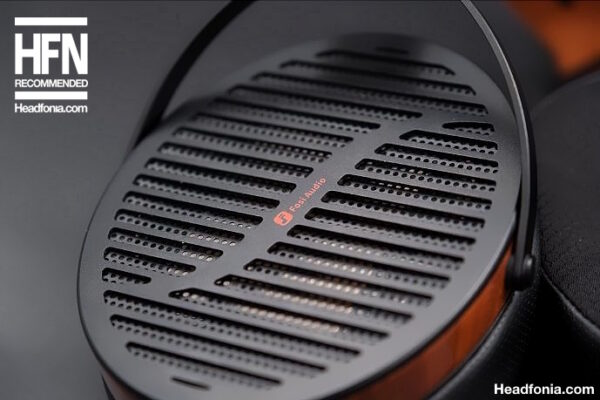
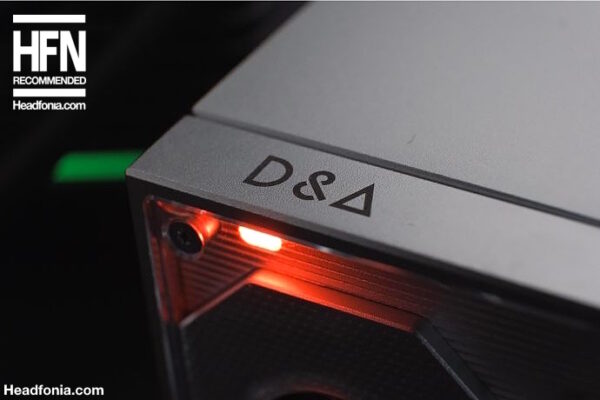
Fred
I had the opportunity to get one as a fan of Shanling but it’s very difficult to use.
Sound is great but the software is lacking in too much ways.